Table of Contents
While many tourists flock to the famous Wat Phra Kaew or Wat Arun, many lesser-known temples are just as beautiful and rich in history.
One such temple is Wat Suwannaram, located in the Thonburi district of Bangkok.
In this blog post, we’ll take a closer look at Wat Suwannaram, its history, architecture, and what makes it a hidden gem of Bangkok.
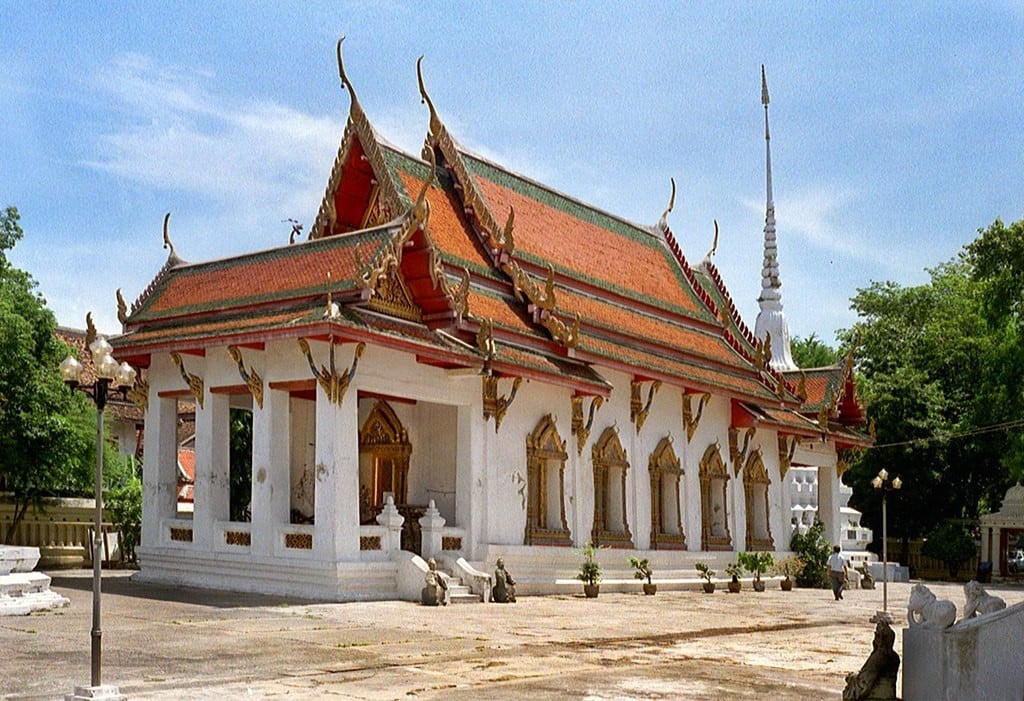
History of Wat Suwannaram
The temple was initially built during the Ayutthaya period in the late 18th century and was known as Wat Thong Nopakhun.
It was a small temple on the banks of the Chao Phraya River and was used as a place of worship for the local community.
Later, during the reign of King Rama III, the temple underwent a major renovation and expansion.
The temple’s name was changed to Wat Suwannaram, and it was used as a royal temple for the King’s mother and grandmother.
The renovation work was done in the Rattanakosin style. The temple’s design was updated with a multi-tiered roof, beautiful golden ornaments, and a colorful façade adorned with intricate carvings and sculptures.
Several new structures were added to the temple complex during this renovation period.
One of the unique features of Wat Suwannaram is its Chinese-style pagoda, which was added during the reign of King Rama III.
The pagoda has seven tiers, each with a different color representing the seven days of the week.
The pagoda is adorned with Chinese dragons and other mythical creatures and is a popular spot for visitors to take photos.
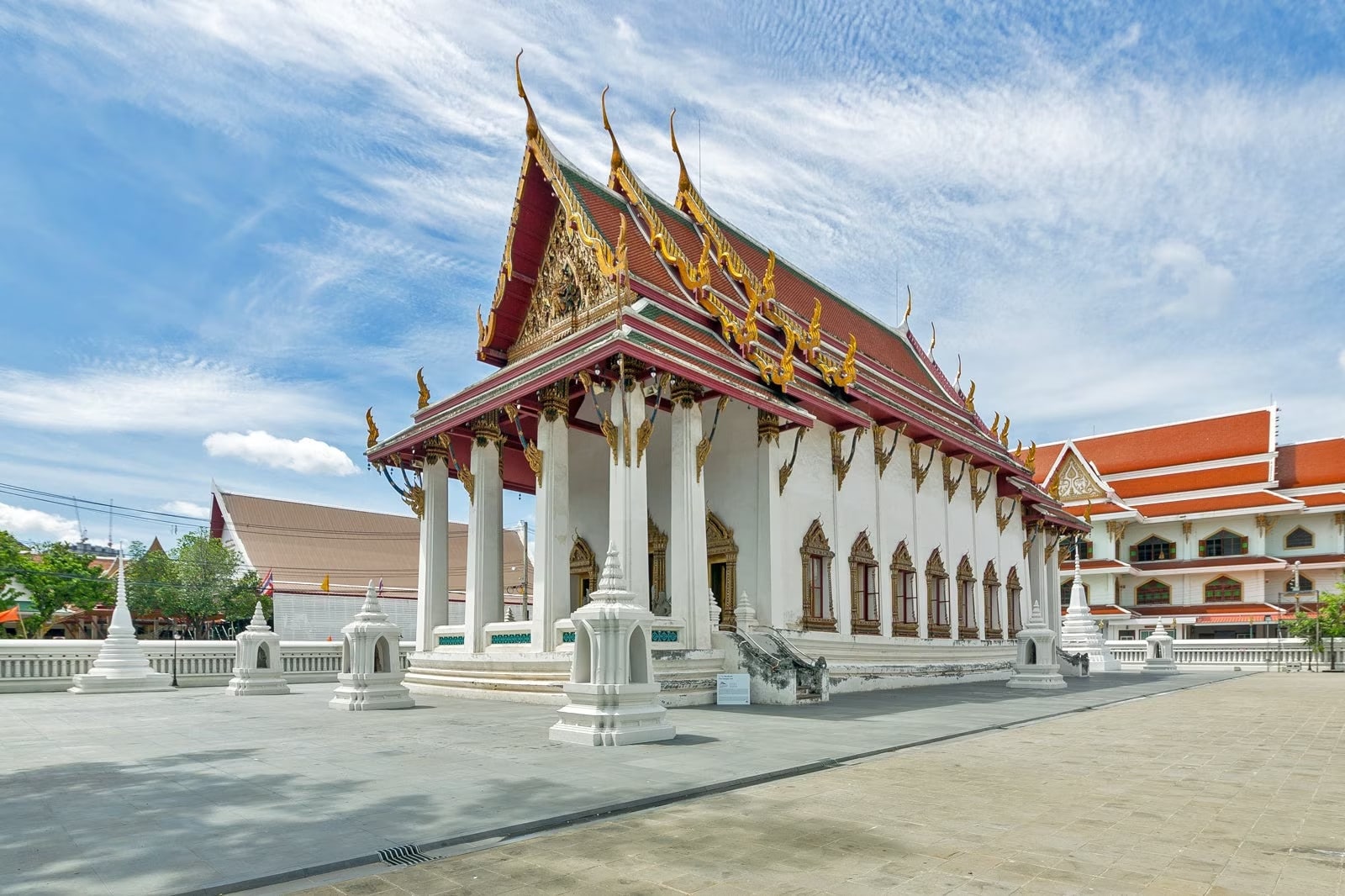
Architecture and Design
The temple’s architecture blends the Ayutthaya and Rattanakosin styles, making it a unique and beautiful temple.
The temple has a multi-tiered roof with golden ornaments and a colorful facade adorned with intricate carvings and sculptures.
The temple’s main ubosot (ordination hall) is supported by four large pillars and features a stunning golden Buddha statue.
The walls of the ubosot are adorned with murals depicting scenes from the life of the Buddha.
One of the unique features of Wat Suwannaram is its Chinese-style pagoda, which was added during the reign of King Rama III.
The pagoda has seven tiers, each with a different color representing the seven days of the week.
It is also adorned with Chinese dragons and other mythical creatures and is a popular spot for visitors to take photos.
The temple also has a meditation hall built in the shape of a Chinese junk boat. The hall is located behind the main ubosot and is surrounded by a small pond.
The meditation hall is used for meditation and other spiritual practices and is a peaceful oasis in the bustling city of Bangkok.
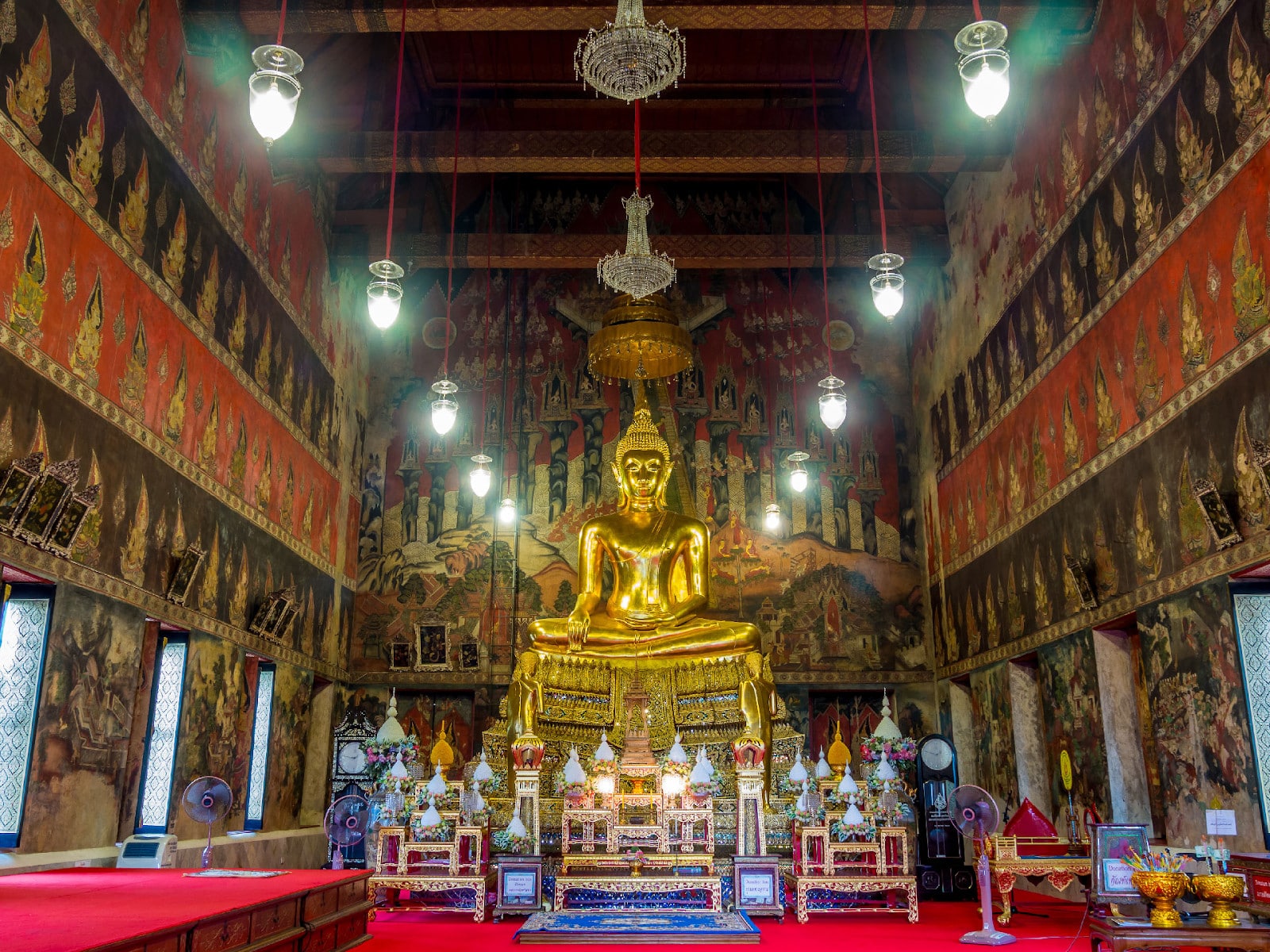
What Makes Wat Suwannaram a Must-visit Spot in Bangkok
Wat Suwannaram is a must-visit spot in Bangkok for several reasons:
Location
The temple is located in the Thonburi district of Bangkok, less touristy than in other parts of the city.
Visitors can experience the temple and its surroundings without the crowds and the hustle and bustle of other popular tourist hotspots.
Architecture
Wat Suwannaram is a unique temple with a blend of different architectural styles.
The temple’s colorful facade, multi-tiered roof, and Chinese-style pagoda make it a visually stunning attraction worth visiting.
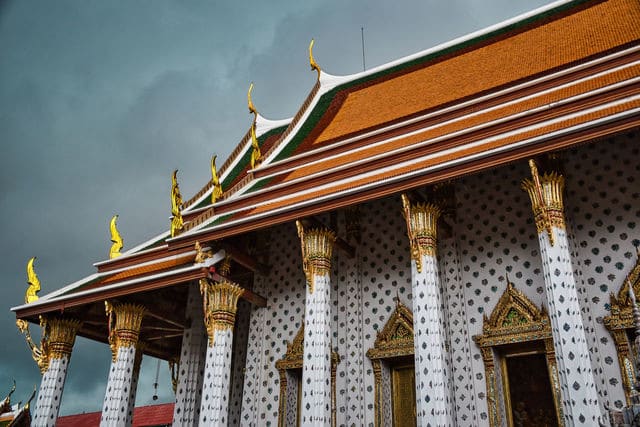
Cultural Significance
Wat Suwannaram has a rich history and cultural significance.
It was initially built during the Ayutthaya period and was later expanded and renovated during the reign of King Rama III.
The temple was also a royal for the King’s mother and grandmother.
It is still an active place of worship, and visitors can observe monks and locals coming to pray and make offerings.
Peaceful Atmosphere
Despite its location in a busy city, Wat Suwannaram has a peaceful atmosphere.
The temple’s meditation hall, built in the shape of a Chinese junk boat, is surrounded by a small pond and provides a serene oasis for meditation and spiritual practices.
Learning Opportunities
Wat Suwannaram has a small museum where visitors can learn about the temple’s history and see artifacts and relics from the Ayutthaya period.
This makes it a great place to learn more about Thai Buddhism and its cultural significance.
How to Reach Wat Suwannaram
Wat Suwannaram is located in the Thonburi district of Bangkok, Thailand. There are several ways to reach the temple:
By Taxi
You can take a taxi from anywhere in Bangkok to Wat Suwannaram.
Taxis are readily available throughout the city, and the ride will take approximately 30-45 minutes, depending on traffic.
By BTS and Ferry
You can take the BTS Skytrain to Saphan Taksin Station and transfer to the Chao Phraya Express Boat.
Take the boat to the Tha Din Daeng Pier, then walk to Wat Suwannaram.
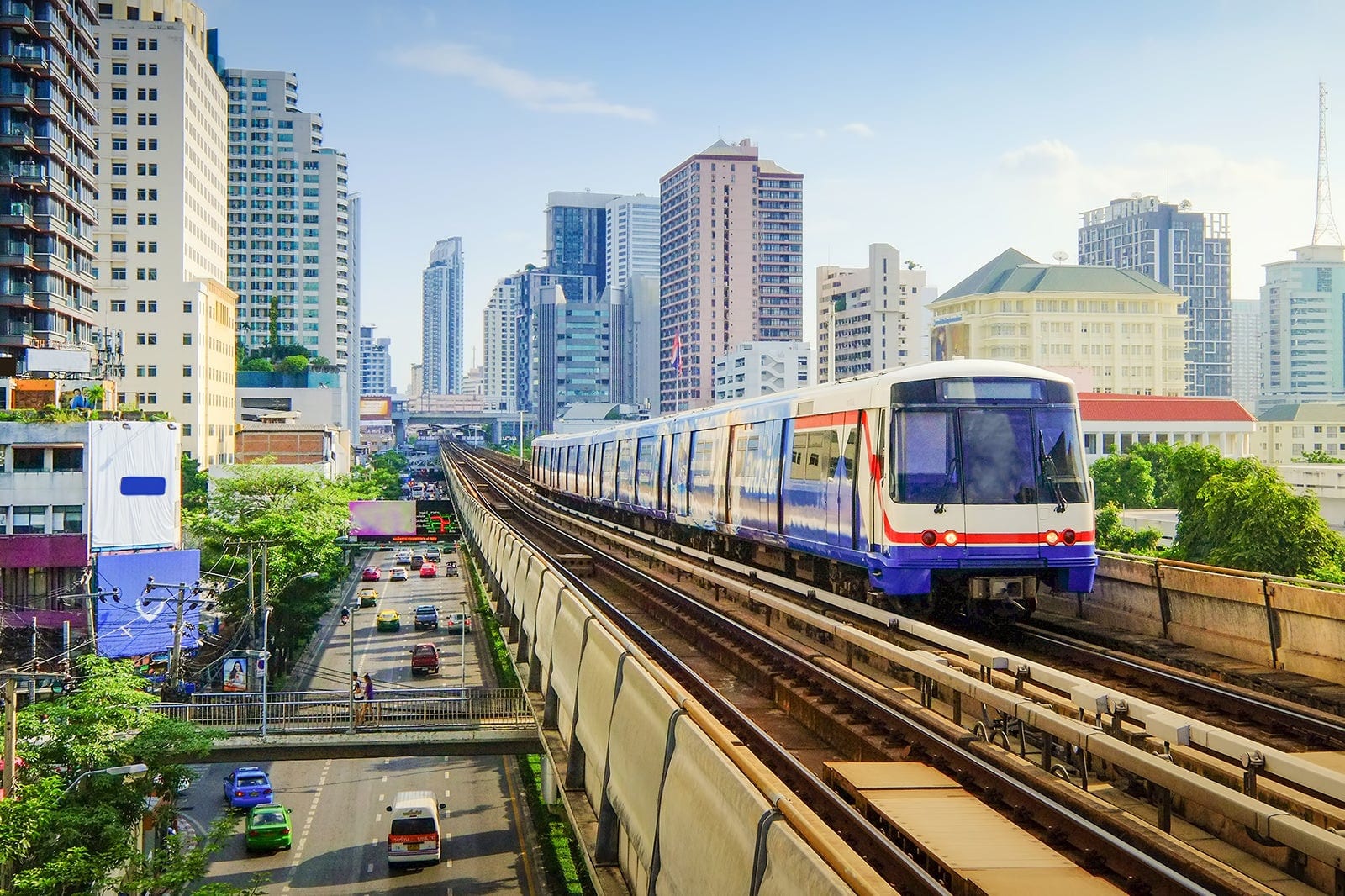
By Bus
You can take the bus to the Phran Nok Intersection, which is located near Wat Suwannaram. From there, take a short walk to the temple.
By Tuk-tuk
Tuk-tuks are a popular mode of transportation in Bangkok. You can hire a tuk-tuk to take you to Wat Suwannaram.
Overall, Wat Suwannaram is easily accessible by several modes of transportation, making it a convenient destination for tourists and locals alike.
Conclusion
If you’re looking to explore the lesser-known temples of Bangkok, be sure to visit Wat Suwannaram. Its beautiful architecture, rich history, and peaceful atmosphere make it a hidden gem of the city.
Take some time to explore the temple’s different buildings and learn more about Thai Buddhism and its cultural significance.
And if you’re looking to discover more hidden gems like Wat Suwannaram in Bangkok, be sure to research and venture off the beaten path to discover the true beauty of this amazing country. Also, add Wat Mahthat to your list!
